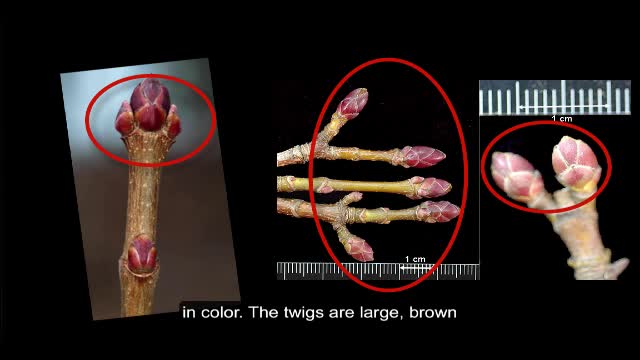Search Results
Results for: 'NR2 Shelburne Farms Maple Sugaring'

This conversation with Center for Sustainable Agriculture Pasture Program Coordinator Jenn Colby and guests Beth Whiting and Bruce Hennessey of Maple Wind Farm, Greg Georgaklis from Farmers to You and staff from the Vermont Agency of Agriculture, ...

Forest Tent Caterpillars Update
It appears as though the recent widespread defoliation event related to forest tent caterpillar has ended. According to the Vermont Department of Forest Parks and Recreation, there have been no reports of defoliation attributed to this native inse...

Late summer, while leaves are still green is a good time to assess the trees in your sugarbush. Weak or declining individuals will show areas of crown dieback. Trees with more than 75% dieback will likely not survive but are still competing for li...

Syrup clarity is one of the four basics of grading. Syrup that come right off the evaporator is cloudy. Most of the cloudiness found in unfiltered syrup is naturally occurring minerals such as calcium also known as sugar sand or niter. Syrup clari...

Traditional Collection Methods
Traditional methods of sap collection have changed over time. Initially, Native Americans created gashes in the stem, and directed sap into wooden or bark vessels. Early spouts were created by hollowing out small twigs, which were inserted into ta...

Access to a sugarbush is critical for installing and repairing sap collection equipment, tapping and managing crop trees and responding to the effects of natural disturbances. Quality access to the sugarbush relies and a road and trail system that...
